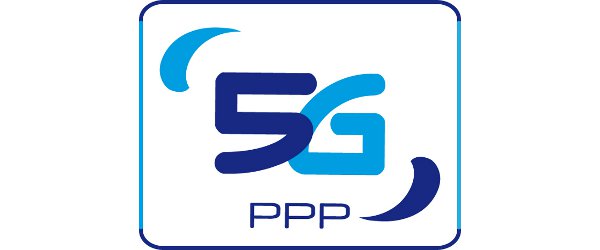
The European Commission (EC) has laid out preliminary standards for 5G at MWC, expecting the next generation of connectivity to be 100 times as fast as current 4G.
The body, which established the 5G Infrastructure PPP to explore 5G, also hopes that the capacity will be increased 1000 times, allowing 1000 times as much traffic.
With the expected rise of M2M and Internet of Things applications, as well as the accompanying safety concerns, it is unsurprising that the EC also demands latency of less than five milliseconds, as well as 99.99% reliability.
The paper suggested that 5G would need to be able to connect one trillion connected devices.
Additionally, in terms of spectrum requirements, the EC noted that future services will require wide carrier bandwidths and suggested carrier frequencies above 6 Ghz should be considered. It would also need to use around a tenth of the energy that 4G uses.
A range of technologies was expected to help the transition, with the EC expecting 5G networks to use optical, cellular and satellite solutions.
It also saw a vital role for emerging technologies such as Software Defined Networking (SDN), Network Functions Virtualisation (NFV), Mobile Edge Computing (MEC) and Fog Computing (FC).
"(5G) will heavily rely on emerging technologies," the report said.
Formal efforts to standardise 5G should begin next year.
"Europe has the industrial base, the know-how and excellent research teams to deliver the future 5G digital infrastructure. I am determined to favour one single global standard for 5G. This will enhance economies of scale and scope, and deliver the digital society and economy of tomorrow." Günther H. Oettinger, European Commissioner.
The EC also suggested that 5G would start seeing commercial applications between 2020 and 2025.



